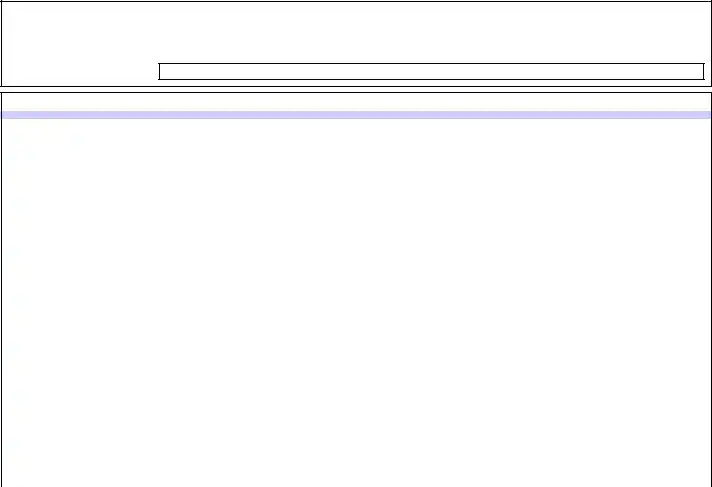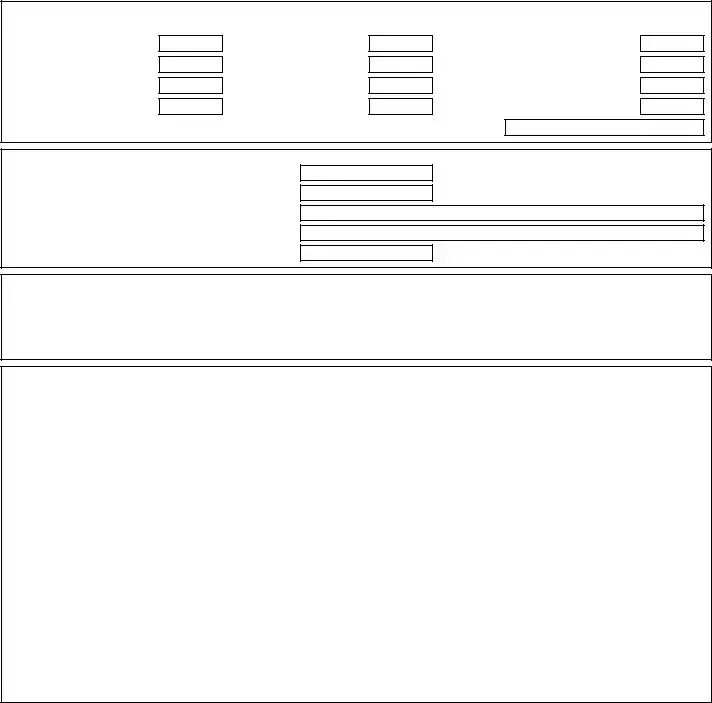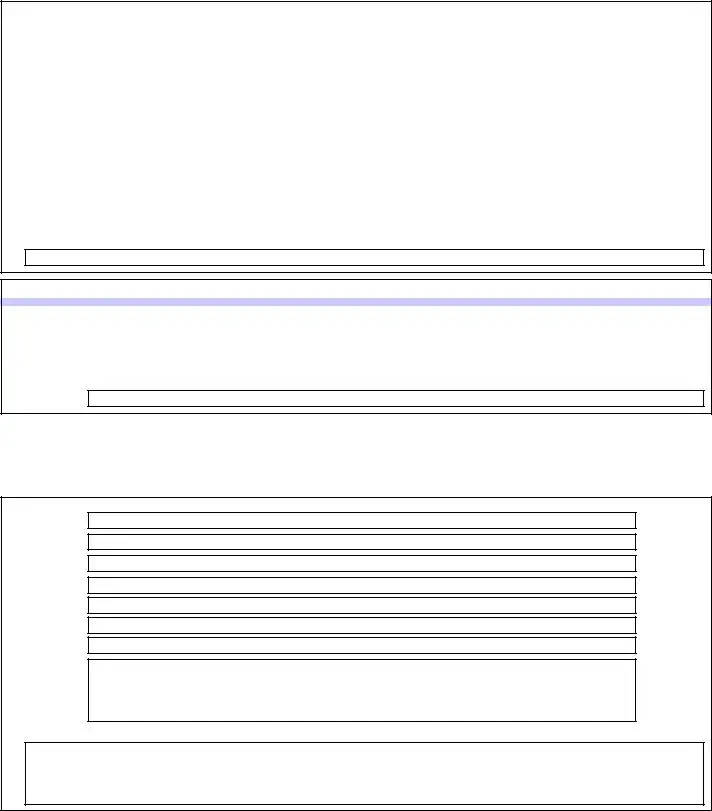The WV PAS form, a critical tool for the pre-admission screening process, is not an isolated document; its purpose and structure share similarities with other documents commonly used in healthcare and social services sectors. These documents assist in evaluating individuals' needs, ensuring they receive the appropriate level of care or support.
One such document is the Minimum Data Set (MDS) for nursing home resident assessment. Like the WV PAS form, the MDS collects comprehensive information on a resident's health status, including diagnoses, functional status, and the need for assistance with activities of daily living. This information helps to determine the care level and services needed, aligning closely with the goal of the WV PAS form to ensure appropriate care placement.
The Patient Health Questionnaire (PHQ-9) is another document with a similar purpose. It is a tool used to screen for depression in various healthcare settings. The form helps healthcare providers understand a patient's mental health status, which can be crucial for planning treatment and support services. Similarly, the WV PAS form assesses individuals to ensure they receive the necessary mental and physical health services in their care setting.
The Activities of Daily Living (ADL) Scale is also comparable to the WV PAS form. It assesses individuals' capability to perform daily tasks, such as bathing, dressing, and eating, on their own. This assessment helps determine the level of care an individual requires, much like the WV PAS form aims to place individuals in the most appropriate care setting based on their comprehensive needs assessment.
The Functional Independence Measure (FIM) shares objectives with the WV PAS form. The FIM evaluates an individual's level of disability and indicates how much assistance is needed for them to perform activities of daily living. Both documents are crucial in care planning and ensuring that individuals receive the appropriate support to maximize their independence.
The Brief Psychiatric Rating Scale (BPRS) is used to assess psychiatric conditions and the severity of symptoms. While it focuses on mental health, it's similar to the WV PAS form because both aim to identify individuals' specific needs to provide them with the right support and services, ensuring a holistic approach to care.
The Health Insurance Portability and Accountability Act (HIPAA) Release Form, though primarily a consent document, shares a link with the WV PAS form in terms of ensuring patient information handling aligns with privacy and security standards. Both documents play roles in the broader healthcare process that respects patient rights and confidentiality.
The Home and Community-Based Services (HCBS) Waiver Application also mirrors the intent behind the WV PAS form. The HCBS waiver supports individuals who prefer to receive long-term care services in their home or community rather than in an institutional setting. Both documents facilitate access to suitable levels of care, emphasizing the person-centered approach to health and social services.
Care Plan Forms, used by healthcare providers to outline a patient’s specific health services and interventions plan, also resemble the WV PAS form in purpose. Both types of documents focus on tailoring care and services to meet the individual’s unique needs, ensuring they receive the most appropriate and effective support.
Lastly, the Geriatric Depression Scale (GDS) is used to screen for depression in older adults. Like the WV PAS form, it is an assessment tool that helps identify specific needs—in this case, related to mental health—to ensure that individuals receive appropriate care and support, highlighting the importance of targeted assessments in healthcare settings.





